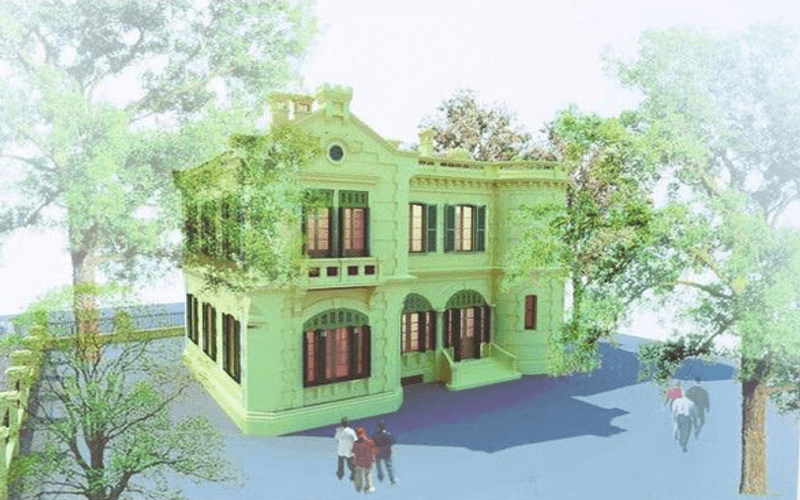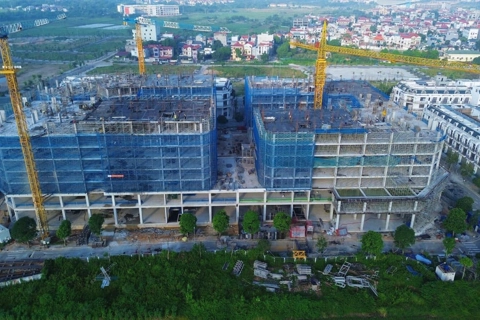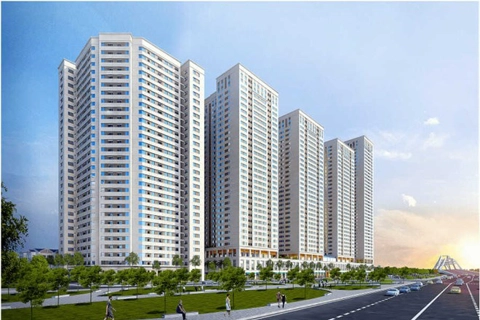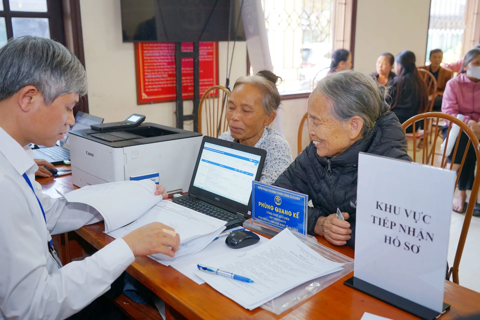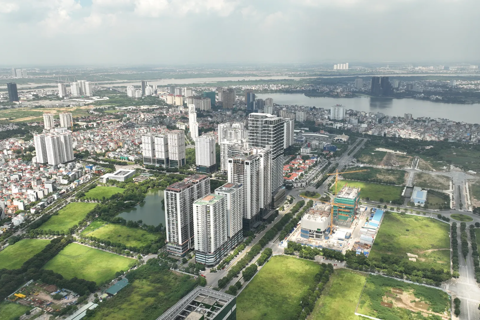Hanoi tightens management over old French-style villas
By 2025, Hanoi aims to renovate 60 villas and other structures under the management of the municipal authorities and the Vietnamese Government.
Hanoi's authorities will tighten management over more than 1,200 century-old French villas in the capital city.
| An artist's impression of the French-era villa at No.49 Tran Hung Dao Street - No.46 Hang Bai Street after the revamp. Photo: The Hanoi People’s Committee |
This is the latest Decision issued by the Hanoi People's Committee on the management of old villas built before 1954 (the date of Hanoi's liberation) in the city.
The city's management has been facing rampant violations of construction orders, unauthorized repair, degradation, and disputes among dwellers over the use of interior spaces.
According to the Hanoi Department of Construction, the 1,216 villas are divided into three groups. Group 1 features villas associated with catalogued historical and cultural relics or cultural heritage.
Group 2 (356 villas) includes villas of architectural value but which are not classified in Group 1. The remaining villas are in group 3 (638 villas).
Home to 111 villas in Group 1, Ba Dinh district has the largest number among Hanoi's districts, followed by Hoan Kiem with 87 old villas.
Of those villas, 367 are owned by the municipal and central governments, 117 are private, and some others are of mixed ownership, or jointly owned by several households. Most of the villas were built over 100 years ago.
By 2025, Hanoi aims to renovate 60 villas and other structures managed by the municipal authorities and the central government.
In April, Hanoi began the renovation of an old French building located in a prime location with two facades covering almost 1,000 square meters.
This ancient villa, among the first built in the capital city, is one of the most typical villas located in downtown Hanoi but has been abandoned for years and is in serious disrepair.
According to the Chairman of the Hoan Kiem District People’s Committee, Pham Tuan Long, built in the early 20th century, this is one of the properties that still retain colonial architectural traits. The renovation will follow the methods that are being applied in France to serve as a model restoration project for similar French-era edifices in Hanoi.

